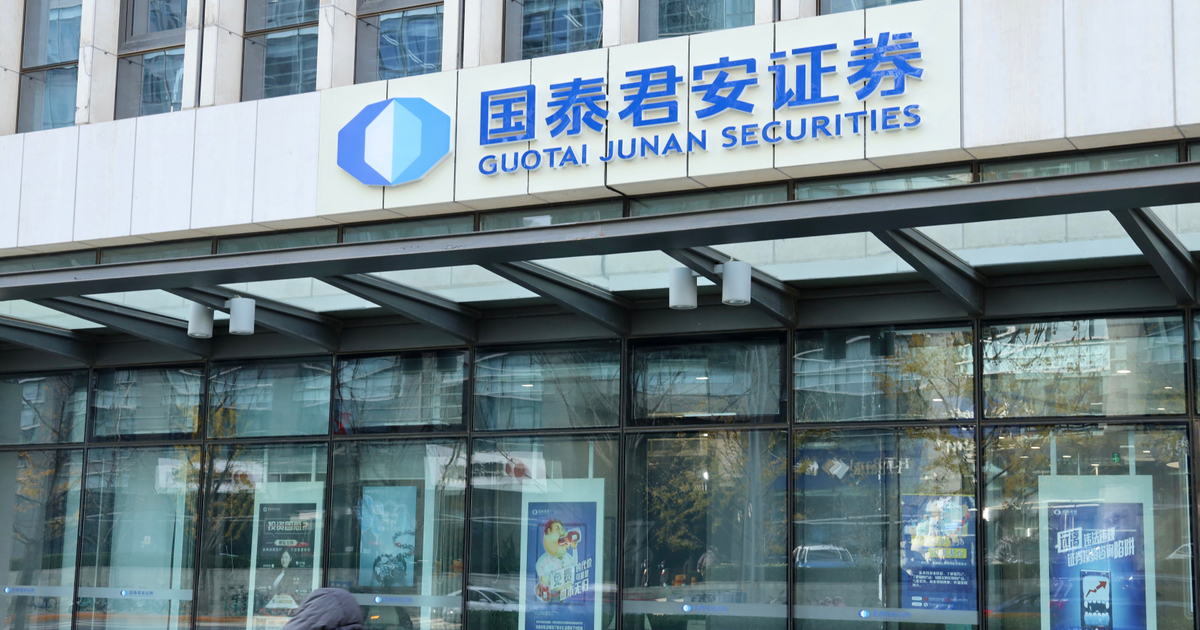Mitigating Risks in M&A: The Importance of Due Diligence and Documentation
Overvaluation can lead to post-merger financial strain. Incompatible cultures can cause a decline in company morale, while increased complexity can overwhelm leadership abilities. These are a few of the many risks companies face as they engage in the M&A...

Overvaluation can lead to post-merger financial strain. Incompatible cultures can cause a decline in company morale, while increased complexity can overwhelm leadership abilities. These are a few of the many risks companies face as they engage in the M&A process.
Prioritizing due diligence is critical in mitigating these risks because it pulls back the curtain to identify all potential risks. It ensures a company’s capabilities are properly understood and that expectations are aligned.
The importance of sell-side due diligence
Buy-side due diligence, which is carried out by the company pursuing an acquisition, is a standard part of the M&A process. It involves analyzing financial data, evaluating business models, and other steps aimed at developing a complete understanding of the company’s potential.
Sell-side due diligence is just as important but often undervalued. It’s a common misconception that merely opening books for buyer inspection is sufficient when, in reality, the failure to conduct comprehensive sell-side due diligence often results in prolonged transaction deals, eroded buyer confidence, and potentially diminished valuations.
In today’s dynamic business landscape, sell-side due diligence is a de-risking strategy that serves as a pre-market health check-up for the business. The proactive process enables the selling company to identify and resolve potential issues before the buyer discovery phase.
Key elements of sell-side due diligence
Effective sell-side due diligence requires the company to give meticulous attention to financial statements. Buyers will thoroughly examine financial histories to assess earning consistency and explicability. Sell-side due diligence allows companies to identify significant fluctuations in earnings and develop defensible explanations, preventing unnecessary doubts or delays.
A customer base analysis is another key component of sell-side due diligence. In today’s volatile market, a narrow customer concentration is considered a risk. A customer base analysis can reveal the need to diversify the customer portfolio and provide data that demonstrates the strength and longevity of existing relationships.
Human capital should also be carefully considered as part of the due diligence process. The team that will be acquired with the business constitutes a critical asset, especially in service-oriented businesses. Companies that can show a high likelihood of key employee retention post-acquisition through robust retention plans or agreements can effectively mitigate buyer concerns about critical talent.
As companies have become more dependent on digital technologies, cybersecurity has emerged as a critical focus of due diligence. Companies should be able to show how they address the cyber threat landscape, especially if they rely on remote work models. The scope of due diligence should extend beyond current controls to show how the company’s cybersecurity strategies address evolving threats.
Environmental, social, and governance (ESG) issues are another emerging business concern that should be addressed during due diligence. Detailing how the target company perceives and addresses ESG issues will help potential buyers identify any challenges with alignment and assess their impact on future value creation.
The role of documentation in the due diligence process
Documentation plays a vital role in the due diligence process, serving as the tangible output of the investigative process conducted during the process. In addition, the documentation resulting from due diligence informs further areas requiring investigation by revealing both the work that has been done and the work that still needs to be done.
The documentation that emerges from due diligence is the foundation for integration planning and risk mitigation strategies. Consequently, incomplete or inaccurate documentation results in blind spots that can significantly impede the M&A process or sabotage the sale. Conceptualizing due diligence as exploration and documentation as the map illustrates their interdependence in successfully navigating the complex terrain of M&A. Insufficient documentation resembles a map lacking landmarks, leading to disorientation.
Companies should strive to create documentation that presents a coherent narrative of their operations, finances, and legal standing. Documents hastily assembled from disparate sources will not accomplish that goal. Vague or inconsistent terminology, process description gaps, and a lack of version control will stand out as red flags.
To ensure a high level of quality, companies should avoid ambiguous assertions in their documentation. Clarity and specificity are paramount, as vague statements can lead to misunderstandings and potential risks.
For example, making a vague assertion about “owning all necessary intellectual property” without providing detailed supporting evidence can be a cause for alarm. Quality documentation should offer clear and detailed information, leaving no room for interpretation.
To get the most out of documentation, companies should see it as an ongoing process rather than a finite event. Companies often invest heavily in creating documentation during the due diligence phase, only to neglect it after the merger has occurred.
By taking a more dynamic approach and engaging with documentation, companies gain a valuable tool for navigating integration challenges, market shifts, and emerging risks. Successful companies prioritize the development of comprehensive documentation during the M&A process, viewing it as a living repository of knowledge that will serve them in the transition phase and beyond.

 JaneWalter
JaneWalter 
































